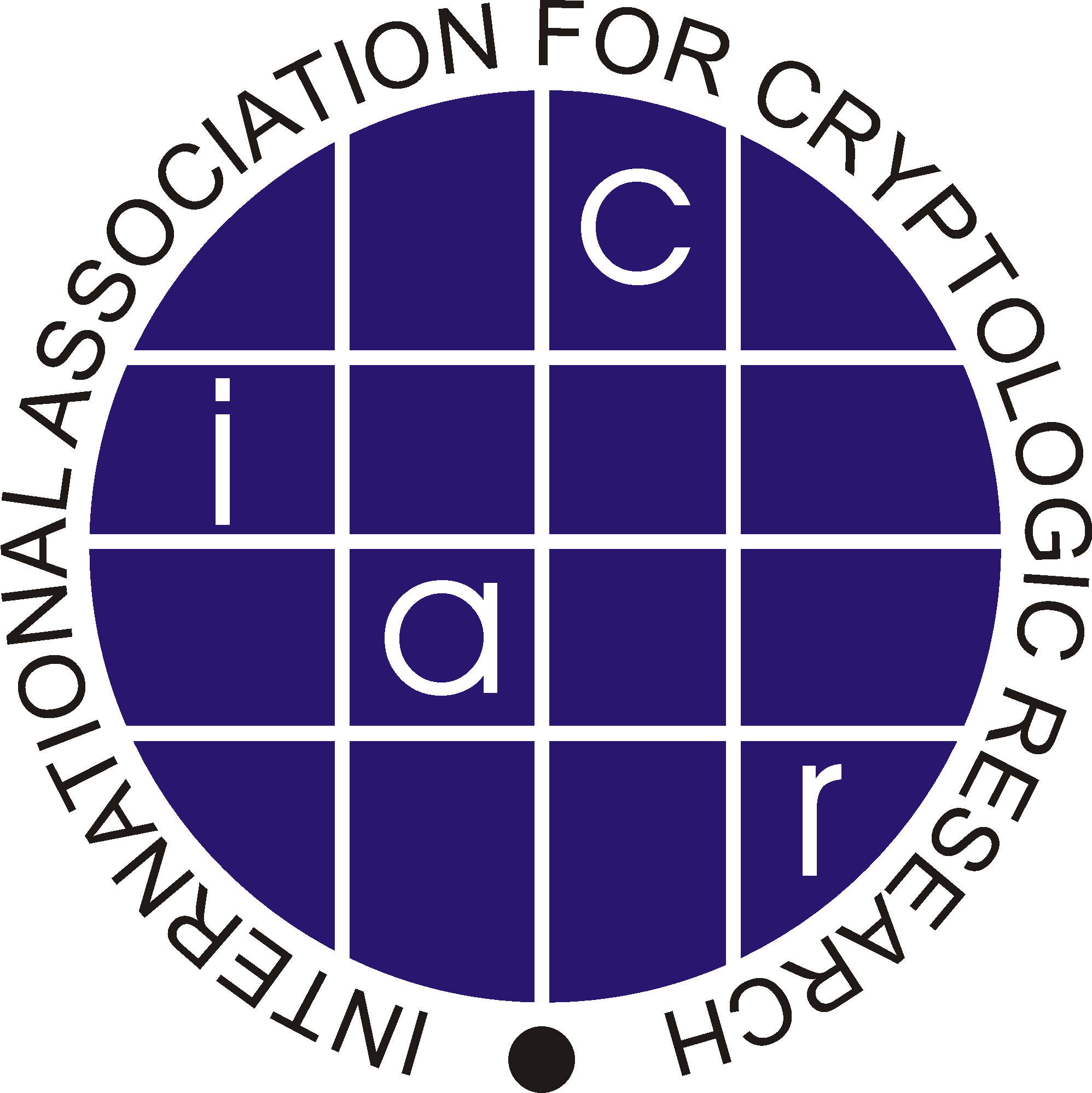“Subtractive Sets over Cyclotomic Rings: Limits of Schnorr-like Arguments over Lattices” Accepted to CRYPTO 2021
The paper “Subtractive Sets over Cyclotomic Rings: Limits of Schnorr-like Arguments over Lattices” has been accepted to CRYPTO 2021. This is a joint work of Russell W. F. Lai with Martin R. Albrecht.
Below you will find the abstract of the paper.
We study when (dual) Vandermonde systems of the form {V}_T^{{(\intercal)}} \cdot \vec{z} = s\cdot \vec{w} admit a solution \vec{z} over a ring \mathcal{R}, where {V}_T is the Vandermonde matrix defined by a set T and where the “slack” s is a measure of the quality of solutions. To this end, we propose the notion of (s,t)-subtractive sets over a ring \mathcal{R}, with the property that if S is (s,t)-subtractive then the above (dual) Vandermonde systems defined by any t-subset T \subseteq S are solvable over \mathcal{R}. The challenge is then to find large sets S while minimising (the norm of) s when given a ring \mathcal{R}.
By constructing families of (s,t)-subtractive sets S of size n = poly(\lambda) over cyclotomic rings \mathcal{R} = \mathbb{Z}[\zeta_{p^\ell}] for prime p, we construct Schnorr-like lattice-based proofs of knowledge for the SIS relation A \cdot \vec{x} = s \cdot \vec{y} \bmod q with O(1/n) knowledge error, and s = 1 in case p = poly(\lambda). Our technique slots naturally into the lattice Bulletproof framework from Crypto’20, producing lattice-based succinct arguments for NP with better parameters.
We then give matching impossibility results constraining n relative to s, which suggest that our Bulletproof-compatible protocols are optimal unless fundamentally new techniques are discovered. Noting that the knowledge error of lattice Bulletproofs is \Omega(\log k/n) for witnesses in \mathcal{R}^k and subtractive set size n, our result represents a barrier to practically efficient lattice-based succinct arguments in the Bulletproof framework.
Beyond these main results, the concept of (s,t)-subtractive sets bridges group-based threshold cryptography to lattice settings, which we demonstrate by relating it to distributed pseudorandom functions.

